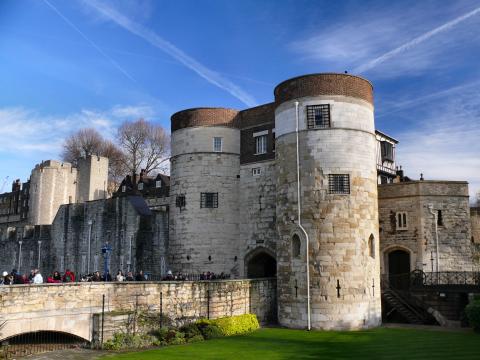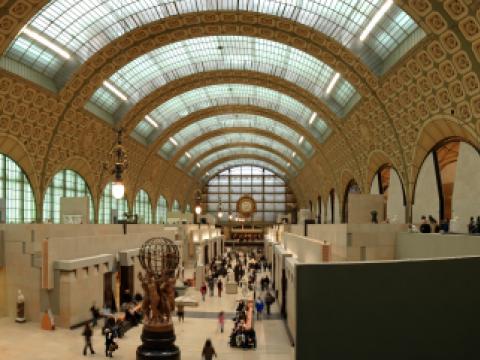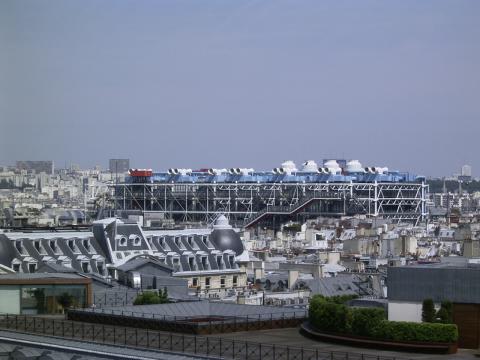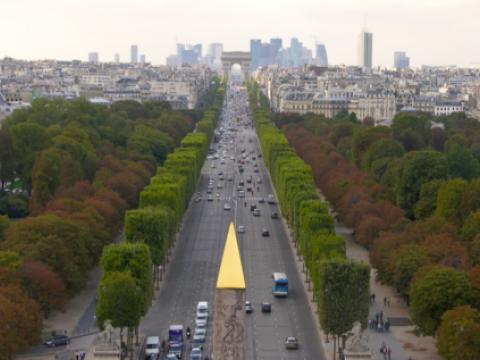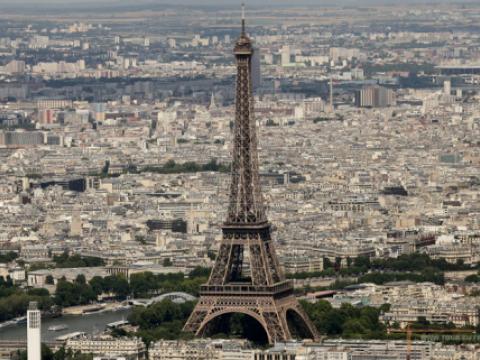Location
Lee Valley White Water Centre is a white-water slalom centre that was constructed to host the canoe slalom events of the 2012 Summer Olympics.
On 9th December 2010, Anne, Princess Royal officially opened the venue which is owned and managed by Lee Valley Regional Park Authority.
You can experience a range of white water activities from canoeing and kayaking to white water rafting. It's the perfect venue to celebrate a special occasion or to try something new with family or friends. So carve, turn and surf the rapids with this fascinating and adrenalin activity.
Road
The site is located just off the A121 road, with easy access from the A10 road, and junctions 25 and 26 of the M25 motorway.
Rail
Rail access to the site is via Cheshunt and Waltham Cross railway stations on the West Anglia Main Line, with frequent services from Stratford, near the main Olympic site, and Liverpool Street. Theobalds Grove railway station, on the Lea Valley Lines, is nearby.
Bus
Regal Busways operate the 240, 250, 255 services which pass close to the venue. Other bus routes run by Transport for London and Intalink stop at the nearby bus station in Waltham Cross town centre.
Depends on the activity you choose.
Rafting packages from £49.







